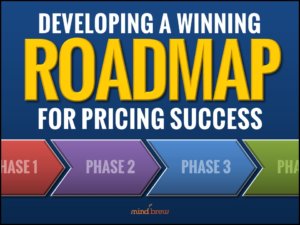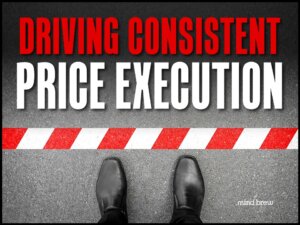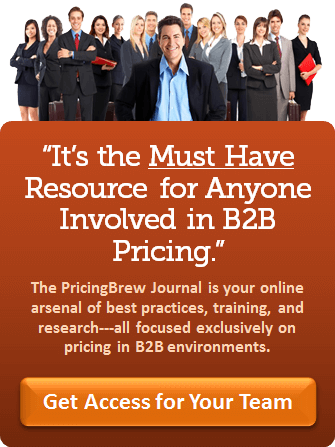It’s almost axiomatic in business that the initiatives with the biggest potential for reward also carry the biggest potential for risk. It’s why bold, game-changing initiatives often get watered down in the planning stages or never make it past the “gee, wouldn’t it be nice if we could…” conversation. The irony is that if you can get better at managing and mitigating risk, you can actually take on more risk…and therefore go after bigger gains.
In lots of training sessions, research briefings, and articles, we’ve highlighted the importance of making contingency planning a standard part of any new initiative or development process. And we’ve pointed out how, at a basic level, just getting in the habit of asking “What if this doesn’t work out?” can help avoid a lot of costly mistakes. But there’s a big difference between that type of quick mental exercise and having a genuine, well-developed contingency planning capability.
Now, I’m not talking about just adding another checklist item that sparks a few minutes of discussion in the initial planning meetings. While that’s certainly better than nothing, it isn’t the kind of risk management practice that buys you a license to be bolder. Real, robust contingency planning is a discipline that delivers multiple benefits long before any “Plan B” ever needs to be activated.
When contingency planning is done thoughtfully and rigorously, three things tend to happen:
- First, the initiative plans themselves become much stronger because you’ve pressure-tested them against real-world scenarios. Looking at your plan through the lens of “what could go wrong” often reveals gaps, dependencies, or assumptions you hadn’t noticed. Addressing these before you start means fewer surprises and smoother execution once things are in motion.
- Second, you’re more flexible and agile as the initiative unfolds because you’ve already mapped out some viable options. If one path gets blocked or doesn’t work out, you’re not scrambling to figure out what to do because you’ve already got a set of alternatives that allow you to pivot quickly without losing momentum or damaging credibility.
- And finally, you earn more credibility and confidence from the various stakeholders and contributors because you’ve demonstrated that you’re prepared to handle whatever comes up. People are far more willing to support a plan when they believe the team can effectively navigate the inevitable bumps and hiccups along the way.
The last point is particularly important. In cross-functional environments, bigger and bolder initiatives will often die not because the risks are insurmountable or unmanageable, but because other leaders simply lack confidence in the project team’s ability to manage them. A credible, thoughtful, and well-articulated contingency plan is the organizational equivalent of a safety net that makes it easier for others to green-light and support bigger bets.
We’ve all experienced this phenomenon outside of work…
A child learning to ride a bike is far more willing to pedal without training wheels when they know a parent is running alongside, ready to catch them. A gymnast learning a new dismount can give it their all when there’s a nice cushy mat under the apparatus. A rock climber can attempt more difficult holds when they’re clipped into a solid belay harness. And I can let my brother-in-law run the BBQ because I know there’s a fire extinguisher nearby.
The presence of a safety net doesn’t eliminate the risk entirely, but it changes the equation. While the upside is the same, the downside is much smaller, so taking the leap doesn’t seem quite so scary. More robust contingency planning creates a similar dynamic in a business setting.
Of course, the phrase “robust contingency planning” can conjure up images of 200-page binders, wall-sized flowcharts, and endless meetings about scenarios that can only happen in a parallel universe. But there’s a lot of middle ground between that stiflingly-complex picture and doing nothing. A simple, thoughtful process can go a long way.
Start by identifying the most likely ways your initiative could stumble. Beyond the obvious technical failures, think about things like poor adoption, internal pushback, or misaligned incentives. Then, diligently think through, evaluate, iterate, and document a few practical options for responding to each risk factor. While it may not sound like much, the result is significantly better than doing nothing.
Again, it doesn’t have to be complicated…just thoughtful and realistic.
The point I’m making here is that you shouldn’t think of more robust contingency planning as just another scoop of bureaucratic busywork to add to your already overloaded plate. Done well, robust contingency planning is an extremely powerful enabler.
When it comes to your current initiatives, contingency planning will mitigate a lot risk, reduce surprises, and facilitate more stress-free execution. At the same time, developing a more effective contingency planning capability will also enable you and your organization to take on more risk as you tackle much bigger and better things in the future.
















